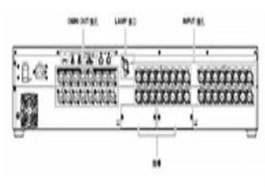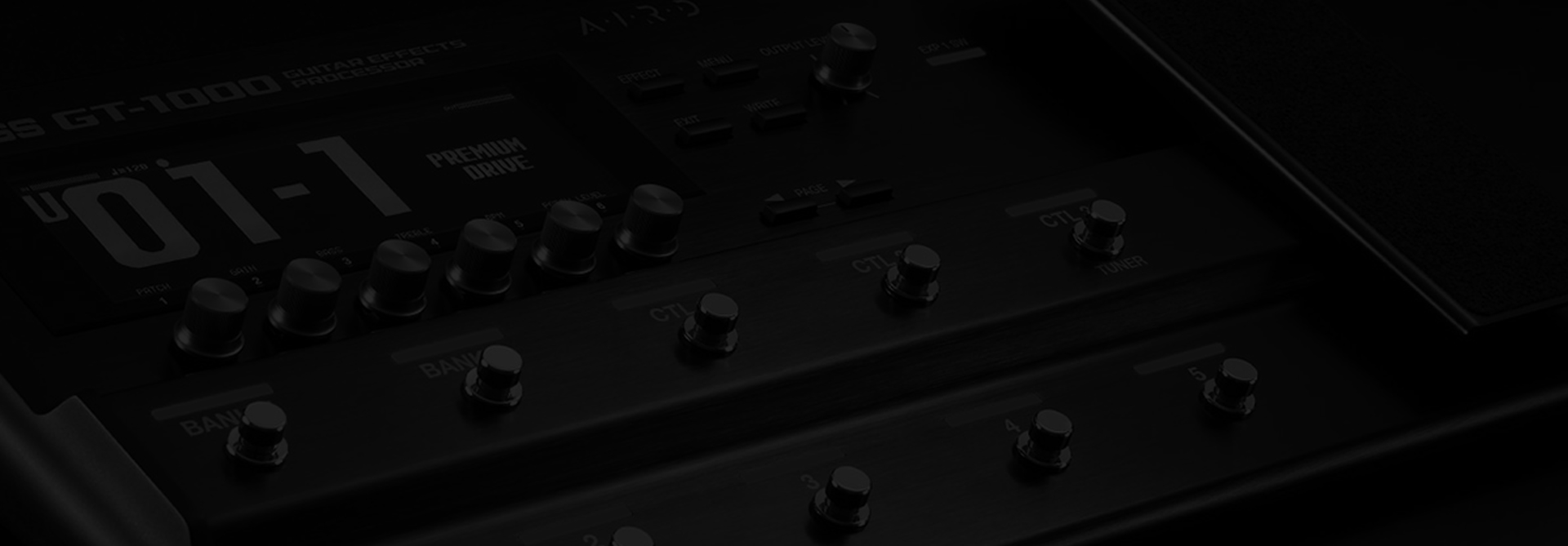abstract:Zhongchuang Bluetooth speaker has unique features, simple and fashionable appearance. Its compact box design makes you feel that it is not only a Bluetooth audio, but also a decorative product.

In addition to minimizing the number of pickups (microphones) working at the same time, it is more important to optimize the relative position between the loudspeaker and the pickup so as to avoid the sound radiation from the loudspeaker coming directly into the pickup.
In a lecture hall-style conference hall, the main speaker can be placed outside the platform mouth and the microphone on the platform can be located on the back of the speaker. However, in a round-table conference hall, multiple microphones are surrounded in a circle in the center of the conference hall, and the speakers are usually used to hanging by the wall or installed by the ceiling. The cylinder is also placed in the sound radiation range of the loudspeaker, which inevitably reduces the sound transmission gain.
The traditional method of analog sound reinforcement system is that all microphones are fed into the mixer, then two audio signals are output from ST stereo of the mixer to peripheral devices such as feedback suppressor and equalizer, and then fed into power amplifier, if there are more speakers in the field.
Generally, it is driven by a series of power amplifiers connected in parallel with speakers. The whole signal flow has only two output routes, even the two output signals are exactly the same. In this way, the level structure of all microphones for all loudspeakers is exactly the same, and can not be adjusted independently.
If we imagine using more than ten small speakers for decentralized sound reinforcement in a medium-sized round-table conference hall, then the level distribution of each microphone on the desktop is different from that of each speaker in the sound field.
For any microphone, the loudspeaker farthest from it is the loudest. The closer the speaker is, the lower the level is. The speaker facing the microphone will not utter the sound of the microphone at all. Of course, it will still emit the sound picked up by other microphones, and it is the farthest from the microphone. The sound picked up by the cylinder is the loudest.
The realization of this function seems very complicated and magical, and the actual effect is completely convincing to Party A users. In fact, it is very easy to achieve through digital mixer.
Taking the Yamaha LS9-32 digital mixer as an example, this is a medium-sized mixer with 32 channels (expandable to 64 channels) input, 16 MIX mixing buses and stereo/mono/8 channel matrix output.
Fig. 1 is the backplane diagram. You can see that it has 32 input and 16 output interfaces, all of which are XLR balanced Canon interfaces. These 16 output interfaces can be defined or jumped arbitrarily within the mixer.

2019 ZHONG CHUANG Supertuner Toning
